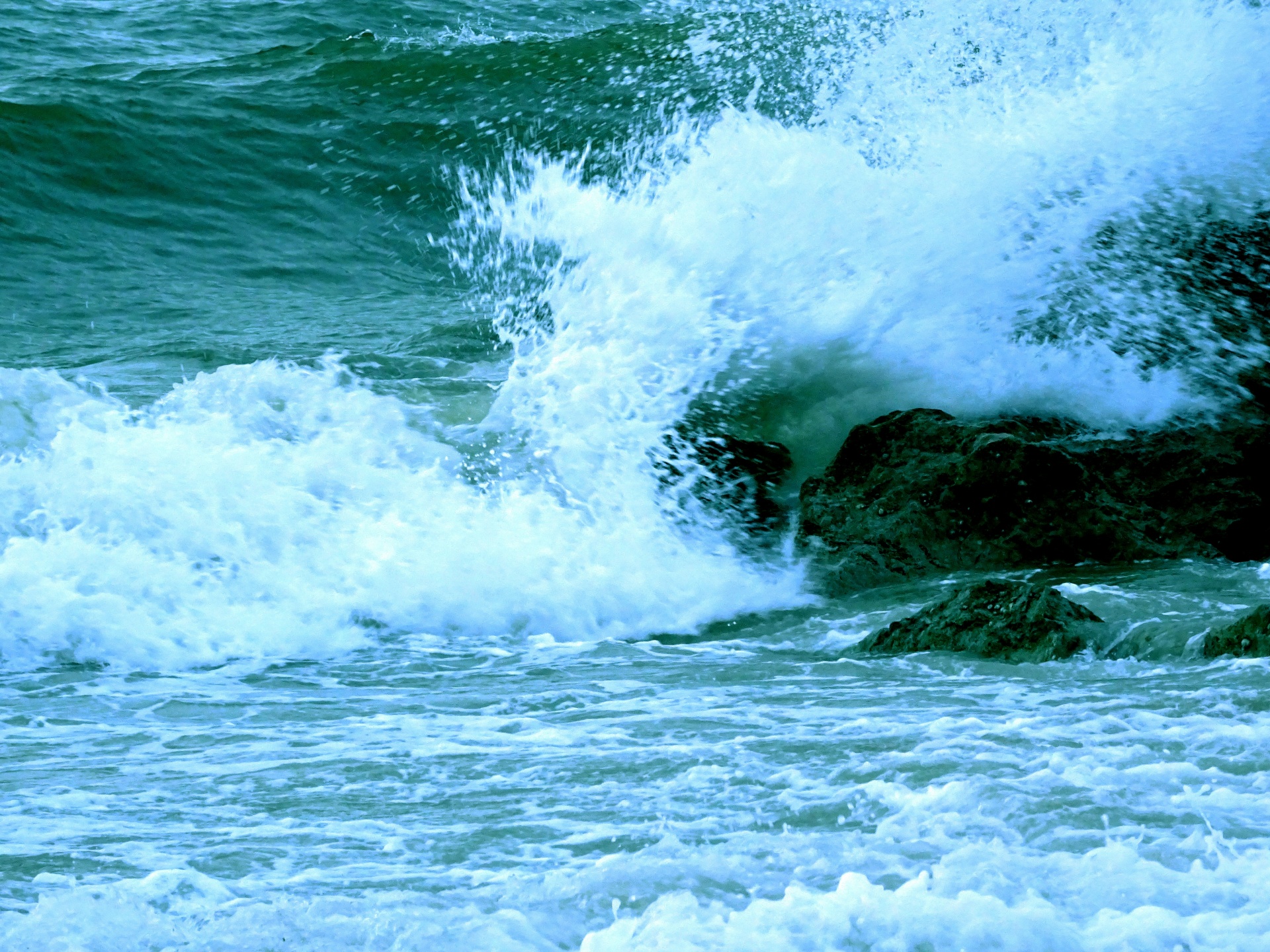The allure of ocean computer backgrounds is a phenomenon that resonates with many, serving as a visual retreat from the rigors of daily life. The expansive grandeur of oceans, captured in photographs and graphics, evokes a sense of tranquility, wonder, and introspection. The ubiquitous presence of these backgrounds in the digital realm is indicative of a broader cultural appreciation for nature and the environment. Beyond mere aesthetics, these images compel a deeper consideration of our relationship with the world’s oceans and the underlying ecological issues.
When observing an ocean background, one is frequently met with breathtaking vistas, where waves crash against jagged rocks or a serene horizon stretches into infinity. This captivating imagery is often imbued with vivid hues, from the deep cerulean of the sea to the soft pastels of a sunrise or sunset. The captivating nature of such visuals draws individuals into a momentary escape—a digital sanctuary that might stand in stark contrast to their immediate surroundings. The repetitive cycle of water meeting land serves as a reminder of the Earth’s dynamic systems, underscoring the constant flux present in both nature and our lives.
The fascination with ocean backgrounds can also be attributed to the primal connection humans have with water. Historically, bodies of water played a critical role in human civilization—acting as sources of sustenance, avenues for trade, and sites for leisure. This intrinsic bond, characterized by both physical necessity and emotional resonance, has sustained throughout generations. With the advent of digital technology, the capacity to access and showcase these oceanic images has increased exponentially. As people curate their virtual environments, they are drawn to ocean scenes as a representation of calm, freedom, and a connection to a natural order that often feels disrupted in contemporary society.
Moreover, the aesthetic qualities of ocean scenes often invoke a multifaceted spectrum of emotions. A tranquil beach at sunset may elicit feelings of peace and serenity, while an image capturing a tempestuous sea can convey raw power and the sublimity of nature. This emotional dichotomy is vital in understanding the psychological appeal of ocean backgrounds. They serve not only as ornaments for our digital devices but as conduits for self-reflection and emotional processing. The ebb and flow of waves can mirror our own life experiences—momentary calm followed by sudden turbulence, a ceaseless rhythm that can both comfort and challenge.
However, the engagement with ocean computer backgrounds goes beyond individual sentiment. It also reflects a growing awareness of environmental issues, particularly those impacting marine ecosystems. The visual splendor of the oceans serves as both a reminder of their beauty and a call to action. For instance, images portraying pristine waters and diverse marine life can illicit appreciation but also alert us to the fragility of these ecosystems. An intricately detailed background depicting coral reefs may evoke awe while simultaneously raising awareness of coral bleaching incidents linked to climate change and pollution, fostering a sense of responsibility to protect these critical habitats.
The increasing presence of ocean backgrounds in digital culture also prompts consideration of the environmental representations we encounter. In a world inundated with screen time and digital representations, it becomes imperative to prioritize authentic depictions of nature that not only celebrate its bounty but also challenge viewers to reflect on their ecological impact. The integration of symbols, such as sea turtles or polar bears, within these backgrounds can further accentuate the plight of endangered species, creating an evocative dialogue between beauty and vulnerability.
Furthermore, the phenomenon of ocean backgrounds aligns with a broader trend emphasizing the visual appeal of nature in digital spaces. As more individuals adopt remote working practices, the desire for aesthetically pleasing and engaging backgrounds has surged. Oceanic themes offer a form of escapism, transporting viewers to imaginary shores far removed from their immediate environments. This trend underscores a collective yearning for connection to nature and acknowledgment of its therapeutic effects, as numerous studies highlight the restorative benefits of nature on mental health.
Yet, the fixation on ocean backgrounds invites scrutiny regarding the potential oversimplification of nature’s complexities. While they can foster a sense of wonder and appreciation for the environment, it is crucial to engage in active environmental stewardship. The juxtaposition of stunning visuals against alarming statistics about ocean plastic pollution, climate-induced sea level rise, and biodiversity loss calls for a nuanced understanding of the issues at hand. The intuitive attraction to ocean imagery should spur inquiries into how one can contribute positively to the stewardship of these precious resources rather than merely basking in their digital representations.
In conclusion, ocean computer backgrounds encapsulate a profound intersection of beauty, emotion, and environmental consciousness. The multifaceted appeal of such imagery serves to remind us of our deep-rooted connections to the natural world and the pressing challenges it faces. By engaging with these captivating visuals, individuals are not only invited to appreciate the aesthetic qualities of the ocean but are also prompted to reflect on their role in safeguarding its future. As technology continues to entwine with our daily lives, we must remain vigilant stewards of the environments that inspire us, ensuring that the beauty captured in our screens continues to exist in reality.
